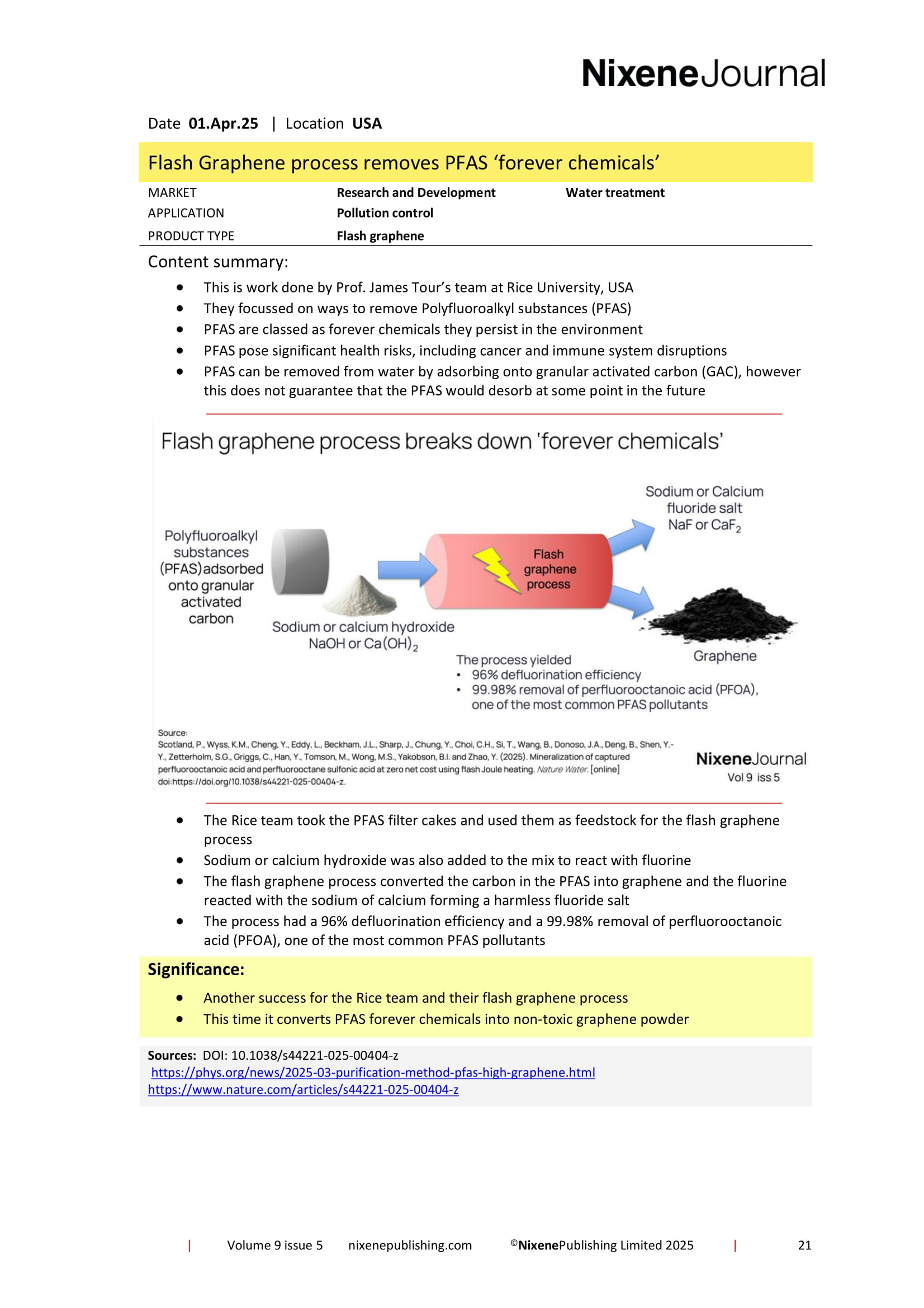Journals
This product is relevant to the following:
Material:
Other:
, ,Locations:
Markets:
Applications:
Product Types:
Technologies:
Related products
-
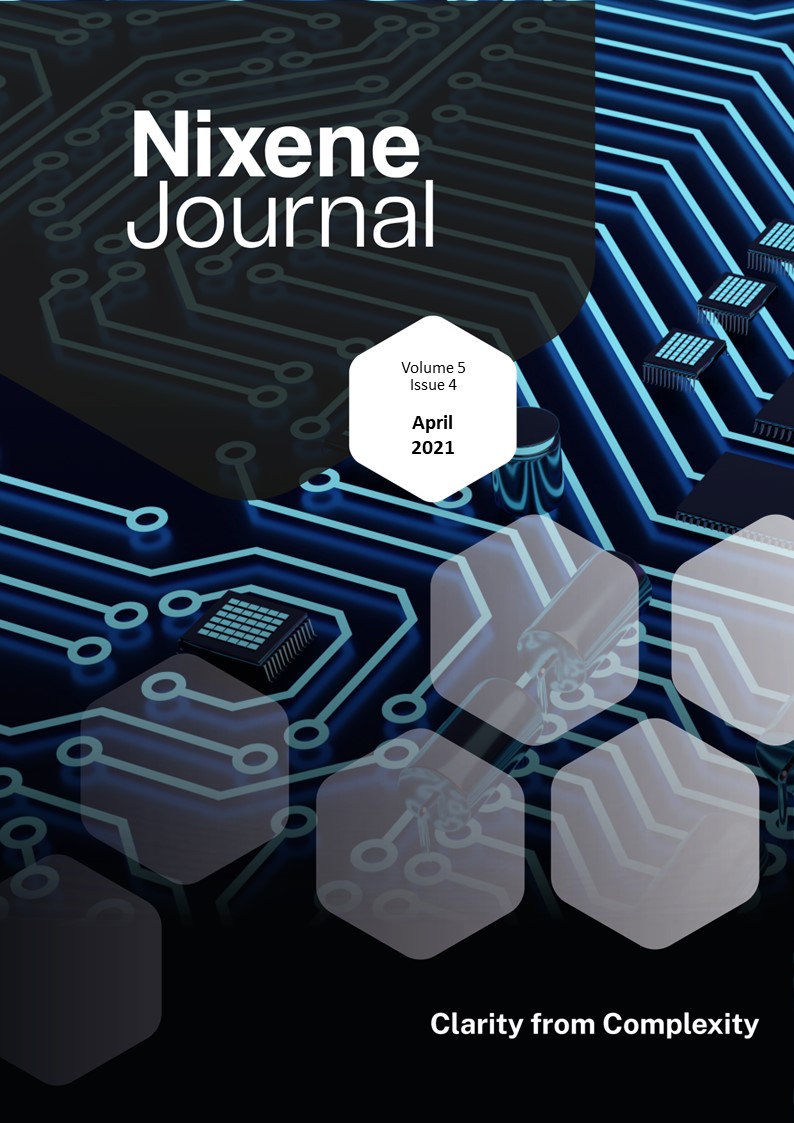
Vol 5 Issue 4
I need to start this month’s issue with a correction. In the last issue (Vol 5 iss 3 p.13) I stated that Kostya was moving from Singapore to Russia. Thanks to our rather well-informed readership, I have been told that Kostya is indeed taking up the position of head of the Brain and Consciousness Research Centre in Moscow, Russia. However, he is not leaving the National University of Singapore. Onward with our usual Accuracy, Brevity and Clarity. Normal ABC service resumes. This month we had a meeting with Prof. James Tour and the GEIC. Thanks Debbie. The work on Flash Graphene (FG) is advancing faster than we realised. Prof. Tour testified to Congress about the benefits graphene can bring to buildings and infrastructure in the USA. He testified to Congress in 2017 and now said “Four years later I’m here to report that the future has arrived” (see page 21). You will know that FG can be made from anything that contains carbon. Waste plastic is a favourite (Vol 4 iss 8 p.9). We learned that Flash Graphene can now also be made from furnace black, the by-product from the leading ‘green’ manufacturing process for Hydrogen (see page 22). The Rice University laboratories and spin out company, Universal Matter, are working on the production of Flash Graphene. The pace is fast. Every nine weeks doubles the scale at which FG can be made. Flash Graphene is something we’ll watch closely. If the team can continue to scale up the process it has the potential to make many other methods for making graphene powders obsolete. We have three special features this month. A review the state of the industry for manufacturing large scale sheet graphene, and interviews with two graphene company business leaders, Maví Figueres and Dylan Banks. Such is the pace of change, while we were writing the special feature, General Graphene sent samples of their monolayer and multilayer graphene to the International Space Elevator Consortium (ISEC). The samples will be sent to the International Space Station (ISS) for testing. We have the first pictures of these large-scale graphene samples in this issue (see page 29) It is worth noting that Graphene has gone from impossible to industrial in just 17 years. Astonishing. Other things to draw your attention to include an emerging controversy with graphene facemasks in Canada (see page 30) and new perovskite 2D materials start to feature in this issue. You’ll discover more as you read on. Adrian Nixon, 1st April 2021£45.00 View product -
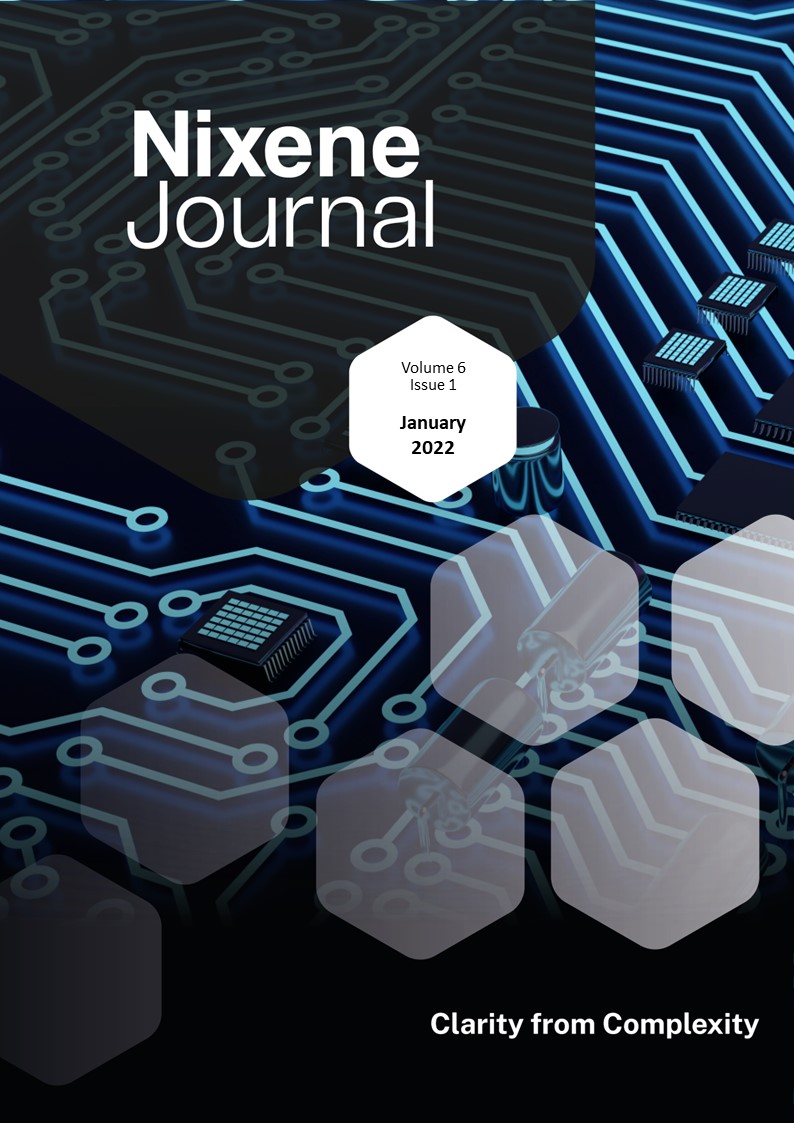
Vol 6 Issue 1
The start of a new year is a traditional time to take a forward view. In this issue, we explore some of the future trends that could affect the graphene powder manufacturers. The whole market is beginning to pivot from a technology push to a market pull as the benefits of graphene powder additives start to be realised by more potential customers. This will create a market dynamic that will cause a shakeout that makes some of the existing suppliers evolve into applications specialists or even exit the market. This has not happened yet. Companies that have declared interests in electric vehicle batteries are attracting more investor interest. Even though the benefits of graphene are minimal, the EV market is something investors understand. Gratomic in Canada has increased its share offering to $27m this month, and Direct Plus in Italy is in the process of raising £7m ($9.5m) through the issue of new shares to investors. Keeping with the battery theme, GMG has commissioned its pilot production line in Australia. The production line is making coin cell batteries using its aluminium-ion technology rather than lithium-ion technology. An additional pilot line for making pouch cells is planned for the first half of 2022. More activity has been noted in Canada, this time from GIT Inc. The company has announced a significant trial of its anti-fouling marine paint on nine ships of varying classes. In the UK, a start-up company, Perfect Sense AQ Ltd, has won a European innovation prize for its air quality pin sensor badge. A remarkable point to note is that the CEO is a young lady, 14 years of age and still at school. The research output continues to surprise and impress. In this issue, we summarise work ranging from the pollution control of mining wastewater to a new targeted treatment for breast cancer. In China, a team has used a graphene polymer composite to improve the sound absorption of novel building materials. As usual this issue is packed with many more fascinating developments, so I encourage you to read on and explore. Adrian Nixon, 1st January 2022£45.00 View product -
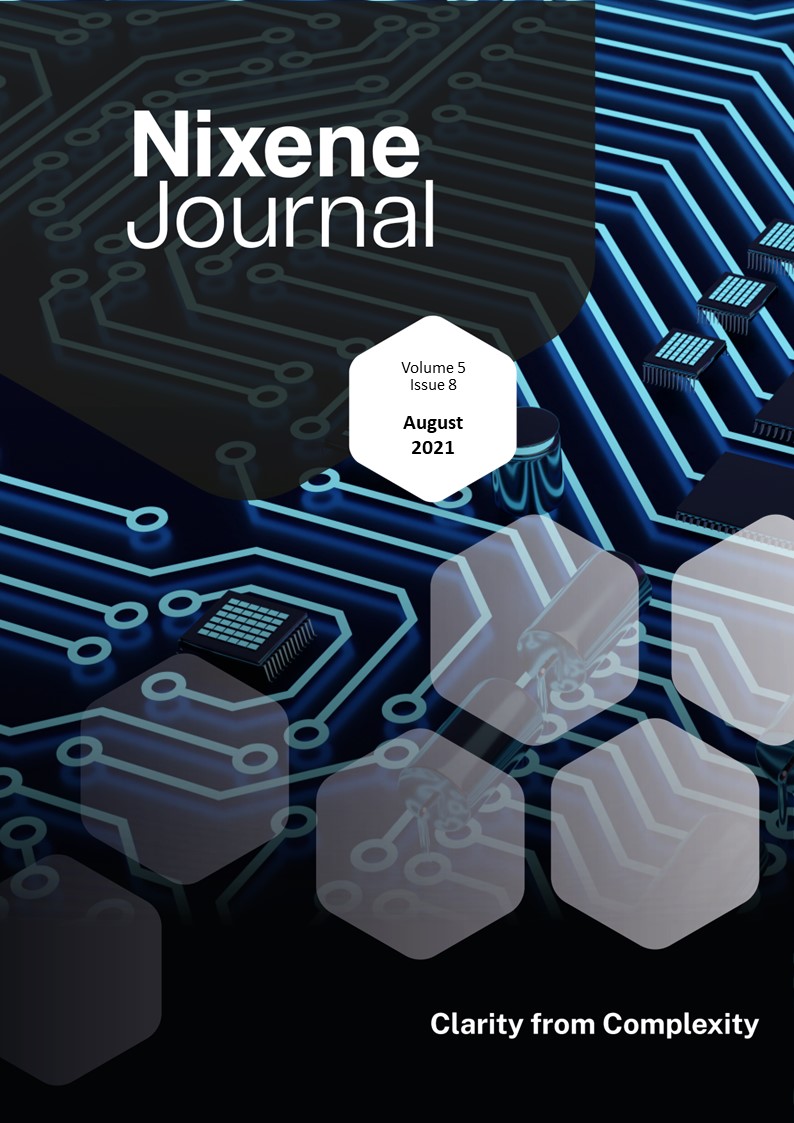
Vol 5 Issue 8
I have learned that news headlines which end with a question mark are nearly always less interesting than those that do not. A case in point: An article was posted at the start of the month asking “Has the funding for graphene dried up?” (p.48). On the same day, Estonian graphene supercapacitor manufacturer Skeleton announced it has secured over €120million in funding over the past 12 months (p.49). This probably makes Skeleton the most commercially successful application for graphene so far. Other companies prefer to avoid the limelight and operate in secret until they are ready to come out into the open. Sometimes their public disclosure is deliberate. Charmgraphene announced this month they are in the roll-to-roll graphene manufacturing business and can make graphene at speeds of 2m per minute and lengths up to 1km (p.36). Sometimes the disclosure is accidental, as might be the case with an academic paper being published by one of the researchers working with graphene photonics company CamGraPhIC (p.21 and p.33). We don’t need to be as concerned with secrecy, quite the reverse. Our purpose is to inform you of the activity we are monitoring in this fast-moving field, special features are part of the way we do this. This issue is the first time Debbie, Rob and I have all written special features in one edition. Debbie has been interviewing Graphene Star. They have developed a very high solids content (25% solids) graphene dispersion that is water based and appears to be very stable. The company has been creating novel coatings with a traditional paint company in the UK. The combination of the old and new seems to be working well for both companies. My contribution is a look at the state of the art of industrial CVD graphene manufacturing. If you ever wondered what the ‘Market, Application and Product Type’ keywords tables are for, then Rob’s special feature will give you part of the answer. We are creating a structured keyword database that builds with each journal issue. This is primary data; you will not find this anywhere else. Rob has been analysing the instances of our keywords over time to explore the market application trends for graphene products since 2017. The results are revealing and show where the global applications development has been and will be for the near future. And, in case you were wondering, yes, Rob’s analysis does include supercapacitors. This appears in the top ten of applications. Dear Reader, we have done more sorting of the signal from the noise, as usual there is so much more to read in this issue. Adrian Nixon, 1st August 2021£45.00 View product -
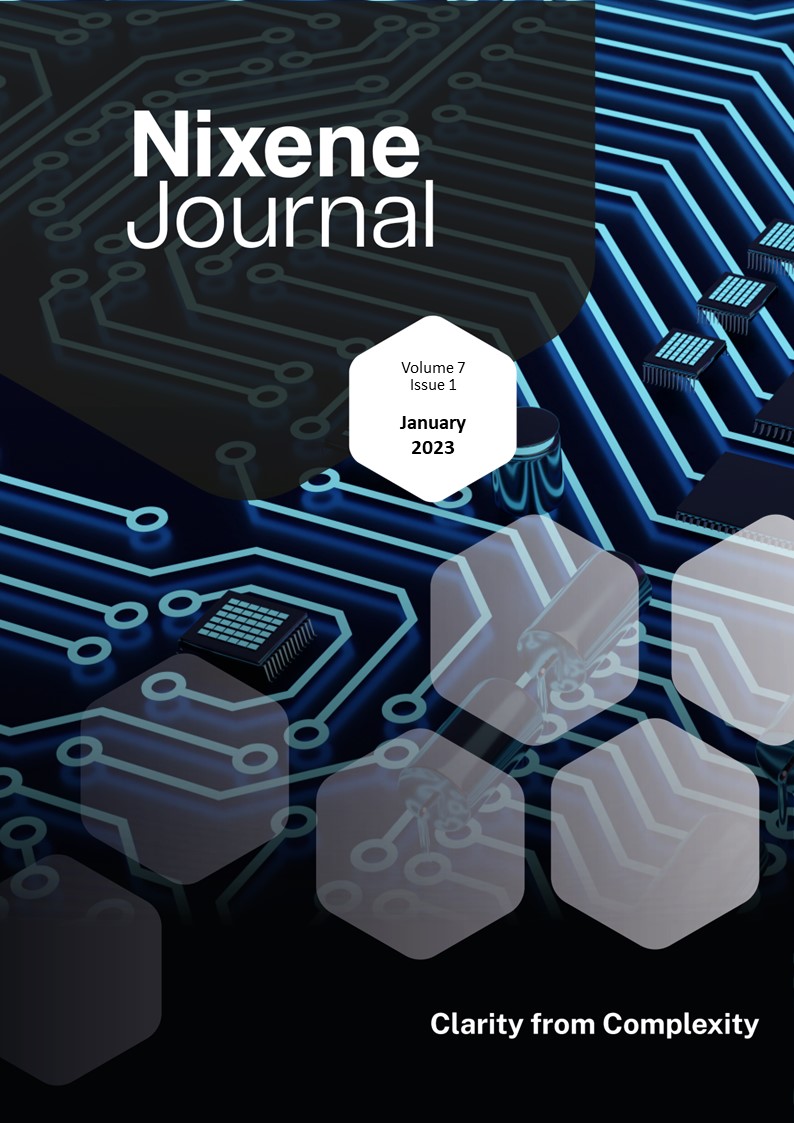
Vol 7 Issue 1
Batteries feature several times in this issue of the journal. Dear Reader, you will know that energy density is the key performance metric we watch. The higher the energy density (Wh/kg) the further you can travel on a battery charge. Current lithium-ion (Li-ion) batteries have an energy density around 260Wh/kg. We have highlighted the work of a company developing lithium-sulphur technology (Li-S) vol 5 iss 12 p.35. They have claimed energy densities over three times that of current Li-ion batteries using graphene enhanced cell designs. You will probably guess that we have been following this company and contacted them multiple times. We have yet to see data to back up these extraordinary claims. It was with interest that we found an online discussion between battery experts, the consensus view is that Li-S technology can create higher energy densities than Li-ion. However, this comes at a cost of reduced battery life. Perhaps this is the reason we have yet to see data backing up the claims for Li-S technology. Then NASA announced they have been working on a new graphene enhanced battery technology. The graphene is used as the structure for a sulphur/selenium cathode and is based on holey graphene that NASA developed in 2017. A solid-state electrolyte separates the anode from a lithium metal anode. The interim results are promising. They have achieved an energy density of 500Wh/kg. The battery seems to be safer too. It resists impact damage and has a maximum operating temperature of 150°C. NASA anticipates this solid-state battery will start to become available within three to five years. Elsewhere in this issue we report on developments as diverse as graphene enhanced condoms in India to graphene enhanced polymers launched on a SpaceX rocket bound for the moon. There is so much more in between these two very different applications, I encourage you to read on… Adrian Nixon 1st January 2023£45.00 View product

